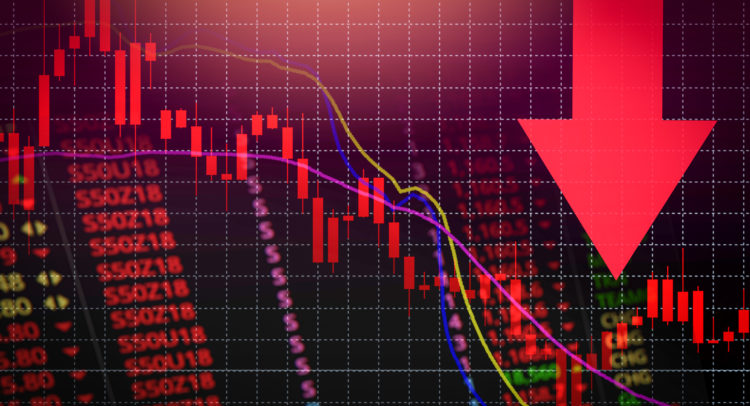Correcting Excesses
Last month, on July 4, I wrote a piece for my website entitled, “How Long Can This Go On?” The post looked at the extreme outperformance of large growth stocks versus the rest of the market and showed that the outperformance was huge and with a break in 2022, had been going on since 2009, a total of 15 years.
Well, apparently the answer to my question was “one week.” Starting July 11, the large growth stocks like those that make up the bulk of the NASDAQ stock index, stocks like Tesla, Nvidia, Microsoft, Amazon, Apple, Alphabet (Google), and Meta (Facebook) which together have been dubbed the Magnificent Seven, started being sold off. As of today, August 5, just a month later, they are off an average of -14% and as much as -21.75% in the case of Nvidia.
Thankfully, in anticipation of that, I sold a couple large growth funds and bought a large value fund, and for some clients, a small stock fund. I also put some money into an international fund, something I have not done since prior to 2008. All have held up much better than the large growth funds I sold.
I still have 5-20% of most clients’ money in large growth and if that group comes down much more, I will increase it again because when I look at individual large growth stocks I see some really good prices there now. For the clients that had a bit more, I sold some to get below 20% temporarily.
What is Driving the Sell-Off?
Ignore the TV commentators who always think they can tell you what big picture economic issue caused the selloff today or this month. The reason large growth is being sold off is simply that it went too far too fast. Now, that sounds like a great problem to have, and it is, but what happens is that when a group or a stock gets extremely popular you can get to a point where you run out of buyers. At the same time, some investors get a little crazy, mutual fund and hedge fund managers included, and buy more than they should. When it starts to go down, those are the first to hit the exits, and then other people, many of whom were late to the party and have little profit, quickly see a loss and just as quickly bail as well. All that selling drops a stock quickly and that scares other holders who decide to sell.
What I just described is a classic correction. They are scary because significant losses happen so quickly. But what it does is to restore in investors a proper respect for risk and bring about a more normal balance between buyers and sellers. Corrections usually drop about 10-15% in the general market and a little more in the overbought stocks. Right now the S&P 500 is down 8.8% and the NASDAQ 13.4% so they should be most of the way to their bottoms if this is a normal correction.
Deal or No Deal?
Stocks that got that overbought were popular for a reason, usually sales and profits that are growing fast. If the case for that growth is still good (and some doubt about that may have come up), then the one thing you know is that the stock is a better deal than it was before.
Is it a good deal? Often, yes. The trick is timing your buying because sometimes the drop stirs some buying, everyone thinks it is off the races again, and behold, more selling follows. And sometimes not. That is what makes this so interesting. And so difficult.
If you are a long-term buyer rather than a speculator, you will have an easier time of it because the growth over time will bail you out if you were a little high. I define long-term as at least couple years. Since that is what I am, I am getting ready to start buying and I have a couple stocks in mind. I’ll talk to you more about that individually.
Dave Hoshour AIF PPC
President
Accredited Investment Fiduciary
Professional Plan Consultant
Cornerstone Investment Services
3003 Thorndale Rd.
Indian Trail, NC 28079
daveh@cornerstoneinvestment.com
www.cornerstoneinvestment.com

